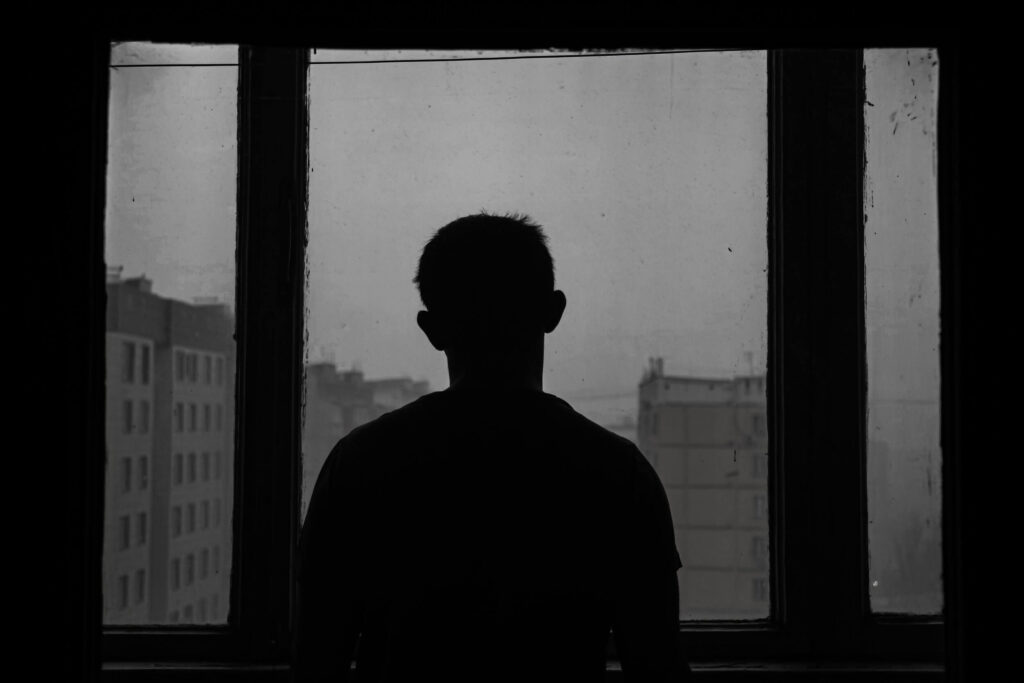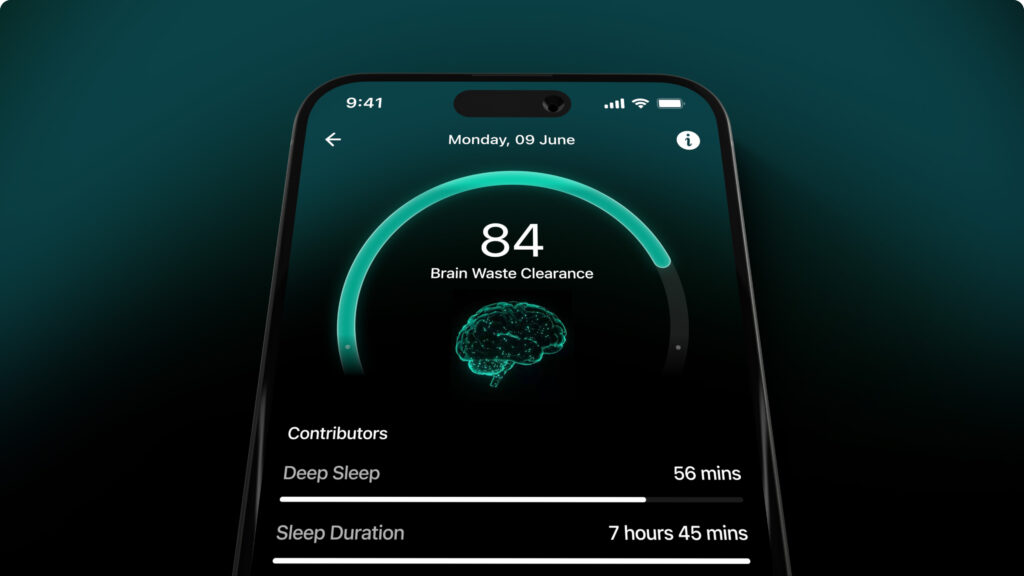Trigger Warning: Factual Content on Suicide and Depression
A World Health Organisation (WHO) fact sheet on the topic of suicide estimates that over 700,000 people lose their life to suicide each year. The number of attempted suicides is even higher. Within this startling number, there are variations based on sex, countries and other factors. Over twice as many men (12.6 per 100,000 males) die by suicide as compared to women (5.4 per 100,000 females). The global average suicide rate is 9 per 100,000 people. Suicide rates are skewed higher in men from high-income countries (16.5 per 100,000).
A wide range of papers links depression and suicide attempts. Many factors contribute to the stigma around mental health, including anxiety, in men, and the tendency to suppress one’s emotions to appear tough. This is a common cultural cornerstone and can form the foundation for how children are raised. Research suggests that death by suicide as a risk factor depends on the severity of depression.
Types of Depression
There are a few different types of depression, the most common types being bipolar disorder and major depression, also known as clinical depression. While bipolar disorder encompasses a wider spectrum of experience, it features the lows of depression combined with the highs of mania. On the other hand, clinical depression is the kind of disruption that prevents one from experiencing, enjoying or proactively acting across various aspects of human life—whether tied to work, pleasure or rest. It is further categorized into the following:
- Seasonal affective disorder: Symptoms of depression appear during the winter months in locations without adequate sunlight.
- Dysthymia or persistent depressive disorder: A sustained state of depressive conditions that occur through or over a period (2 years and above) and lack the intensity of major depression.
- Minor depression: A less intense or lower-in-duration experience of depression than major or persistent depression.
- Psychotic depression: A depression that carries elements of delusions and/or false beliefs as well as the imaginary presence of things that may not be present in reality, i.e. hallucinations.
The signs and symptoms of depression
There is a wide range of depressive symptoms for men—some men may experience more of them, others may experience less. No two depressive cases in men are alike. Below, you’ll find a list of the symptoms that may be a result of depression:
- A sustained alteration in mood tilting towards anger, irritability or aggression
- Going through anxiety or restlessness
- Feeling a loss of interest in previously pleasurable activities
- A lack of sexual desire and problems with sexual performance
- Experiencing hopelessness or feeling ‘empty’
- Being unable to focus attention or remember particular details
- A change in sleep patterns—being unable to sleep or sleeping much more
- Exhaustion and tiredness
- A significant change in appetite—overeating or not feeling hunger
- Suicidal thoughts or attempts
- Physical aches and pains—cramps, headaches, digestive difficulties or pains
- Being unable to meet routine responsibilities, i.e. work, family care or other priorities (behavioural)
- Undertaking activities considered high-risk
- Alcohol abuse and/or drug dependency
- Becoming isolated from family, friends and other social groups
Undiagnosed male depression and suicide
The common school of thought in experts who have studied depression is that it has various causes, typically in combination. These can include the way one’s brain is activated and structured in terms of its pathways and how they are used, as well as genetic factors that may predispose someone to depression. Life-shaping events, like the death of loved ones, stress from a poor relationship or the workplace, can be a factor, as well as one’s life circumstances, childhood traumas and other conditions like alcohol or drug overuse, difficulty in sleeping, illness and any consequent long-term pain. Other mental health conditions like anxiety or attention deficit hyperactivity disorder can also contribute to this combination.
There are various barriers for men as they navigate mental health. A 2018 study of over 2350 responses indicated that men are unlikely or less likely to seek help for symptoms of depression that are associated with another gender. Male-typical and ‘traditional’ symptoms of depression are more likely to cause suffering in men. Toxic masculinity is considered yet another obstacle. (Medicalnewstoday refers to toxic masculinity as a term often used to describe the negative aspects of exaggerated masculine traits). It encourages the suppression of feelings or stoicism instead of their healthy processing and regulation. This may even prevent men from sharing feelings with people they share bonds with—whether family or friends. It is fittingly called the silent killer.

There are other patterns in male depression. One of them is failure to recognize depression—which can happen to the person suffering as well as to the people around them. As an extension of this, the trivialization or shrugging under the carpet of the condition’s accompanying symptoms can further aggravate the depressive state. An excess of self-regulation in males can make them feel uncomfortable while discussing general emotions or depressive states altogether, regardless of the audience. The pervasive fear of stigma from family, colleagues or friends may also cause resistance to seeking treatment.
A 2020 study suggests that chronic depression is one of the dominant causes of death worldwide. Further, suicidal ideation (SI) and suicidal action (SA) are reported frequently during depressive episodes. Suicide is a complex subject; it has variable causal inputs, of which depression and other mental illnesses are facets.
Depression is also associated with physical conditions such as diabetes, heart disease, obesity and Alzheimer’s disease, among others. As an existing condition, depression can catalyse diabetes, heart disease and hypertension. It has been outlined that depression and heart disease share biological mechanisms, such as activated stress pathways.
How to treat depression
Depression rarely disappears or goes away completely. It is said to ebb and flow during the course of a person’s life in some cases. It is usually treated to ease the burden it leaves on the people with the condition. Effective treatments equip the individual with coping skills for regular functioning. Treatment for depression also prevents the condition from remission, i.e. from taking place again in a short span of time; additionally, it also protects the depressive person’s brain from the potential stages of neurodegeneration. Typically, treatments can be a combination of psychiatric therapy or psychotherapy, doctor-prescribed medications, changes in lifestyle and neuromodulation, i.e. technology or treatments that act directly on the body’s nerves.
Cognitive behavioural therapy (CBT) has shown substantial success with depression. CBT prevents remission, provides a sense of control and, as a solution-oriented form of ‘talk therapy’, is aimed at the root of one’s depressive conditions. At its crux, CBT allows one to identify negative emotions, thoughts and patterns, and replace them with healthier patterns. The sessions span over 12–16 sittings held weekly.
Conclusion
Over 700,000 people commit suicide each year, while even more attempt it. Men comprise a disproportionate amount of this number, with suicide rates skewed toward men from high-income countries (16.5 per 100,000). Clinical depression, among other factors, is considered a significant cause behind suicide. It is often undiagnosed due to men’s reluctance to express themselves or seek treatment. Therapeutic approaches, such as cognitive behavioural therapy (CBT) have seen success in treating depressive states. This approach attacks the causes of depression at their root, and can even prevent remission into the condition over time.
Helpline
(If you’re having suicidal thoughts or know anyone in crisis, you could reach out to these numbers for support.)
Disclaimer:The contents of this article are for general information and educational purposes only. It neither provides any medical advice nor intends to substitute professional medical opinion on the treatment, diagnosis, prevention or alleviation of any disease, disorder or disability. Always consult with your doctor or qualified healthcare professional about your health condition and/or concerns and before undertaking a new healthcare regimen including making any dietary or lifestyle changes.
References
- Gendered Manifestations of Depression and Help Seeking Among Men (nih.gov)
- https://www.nimh.nih.gov/health/publications/men-and-depression
- Signs and Symptoms of Depression in Men (healthline.com)
- Men’s health awareness month: Many experts say men’s depression is underdiagnosed (wtok.com)
- Male depression: Understanding the issues – Mayo Clinic







